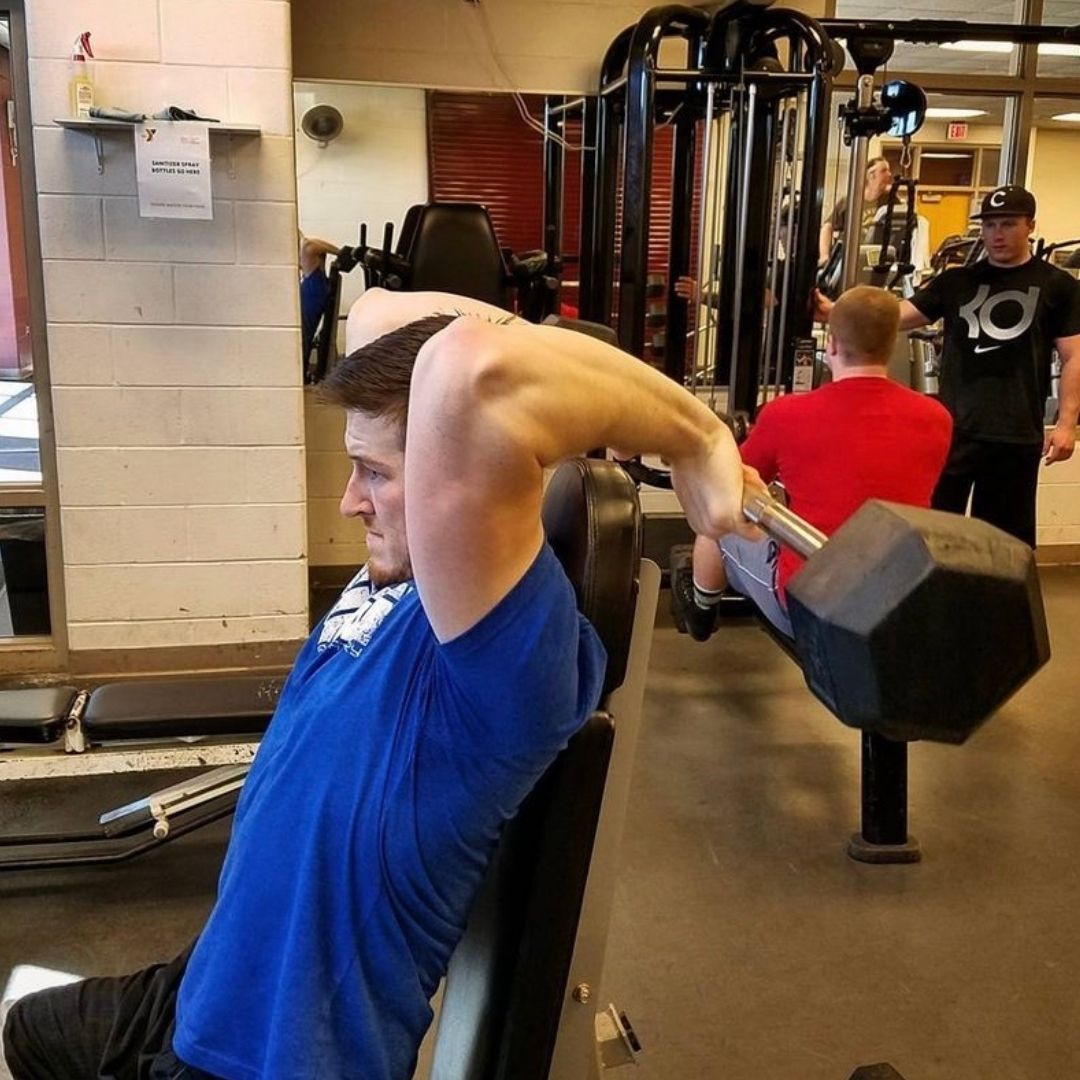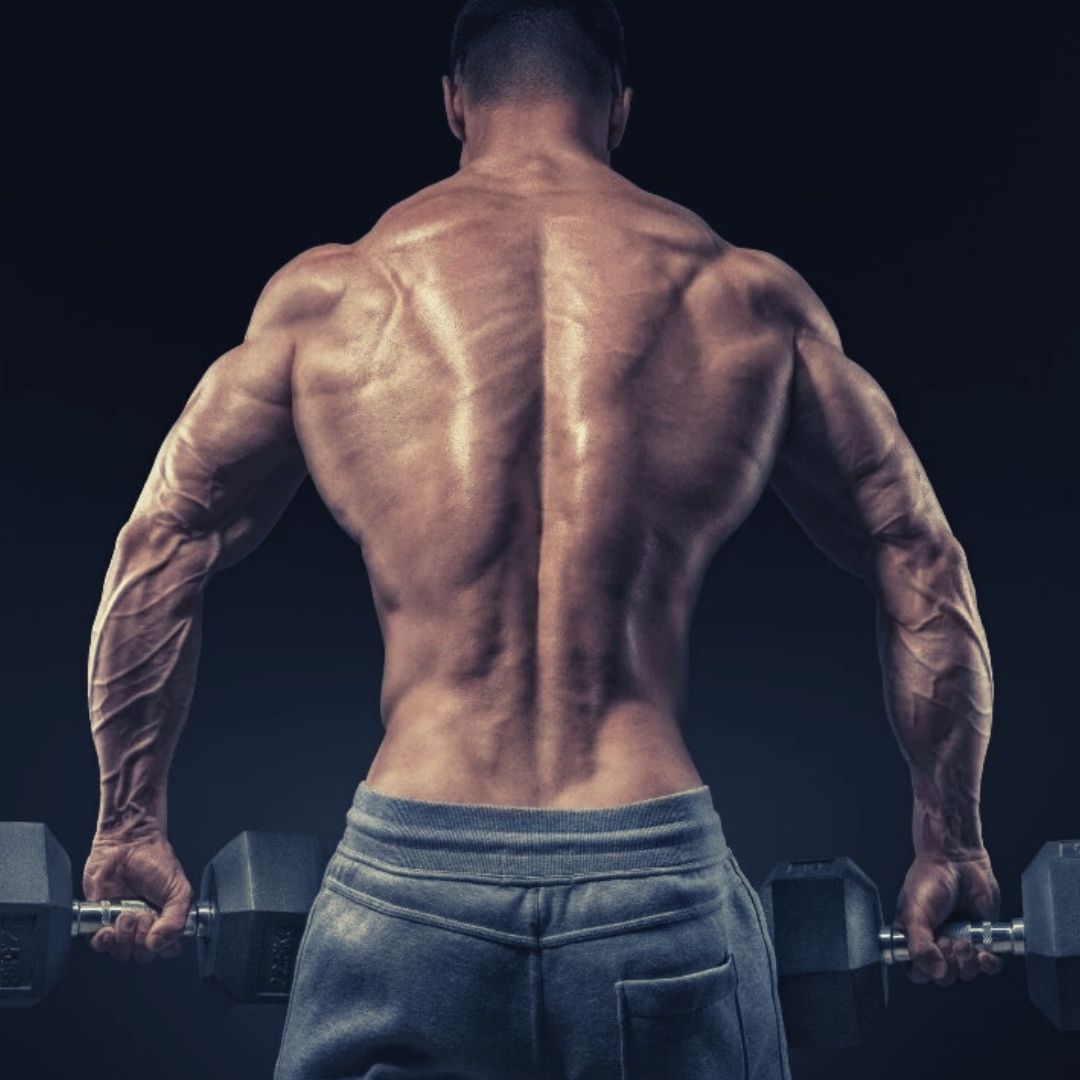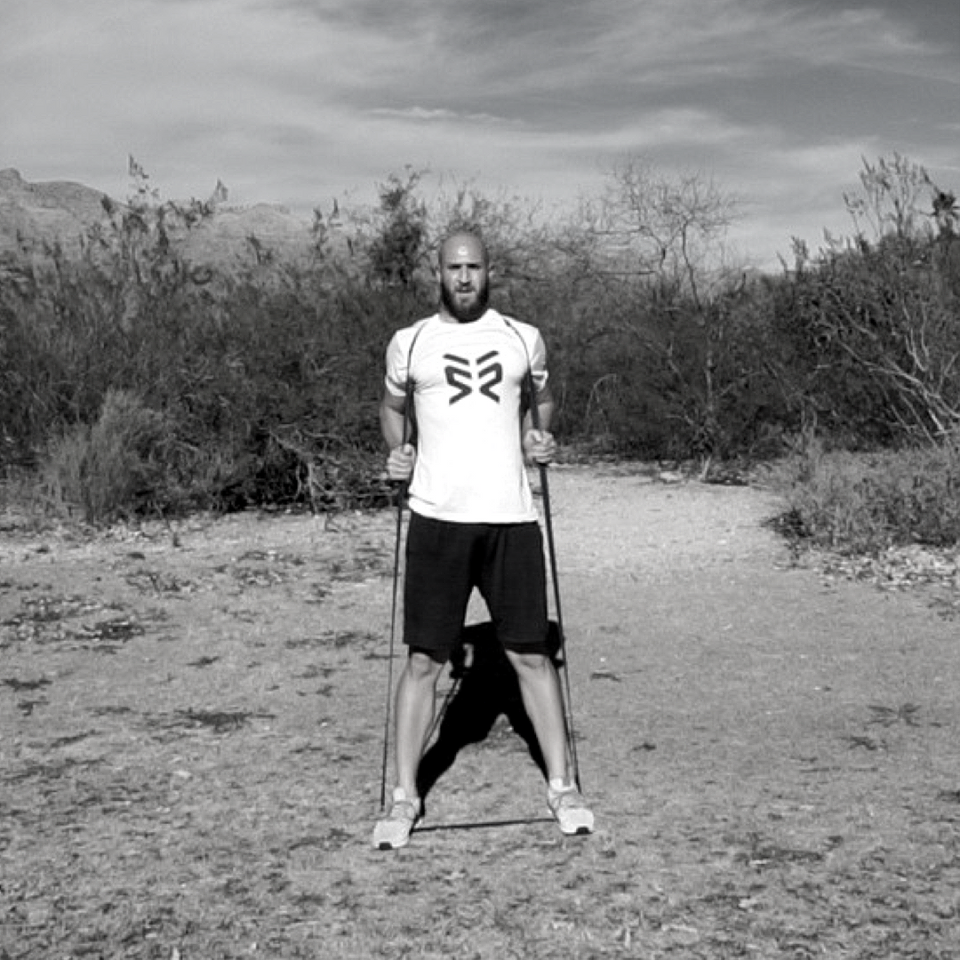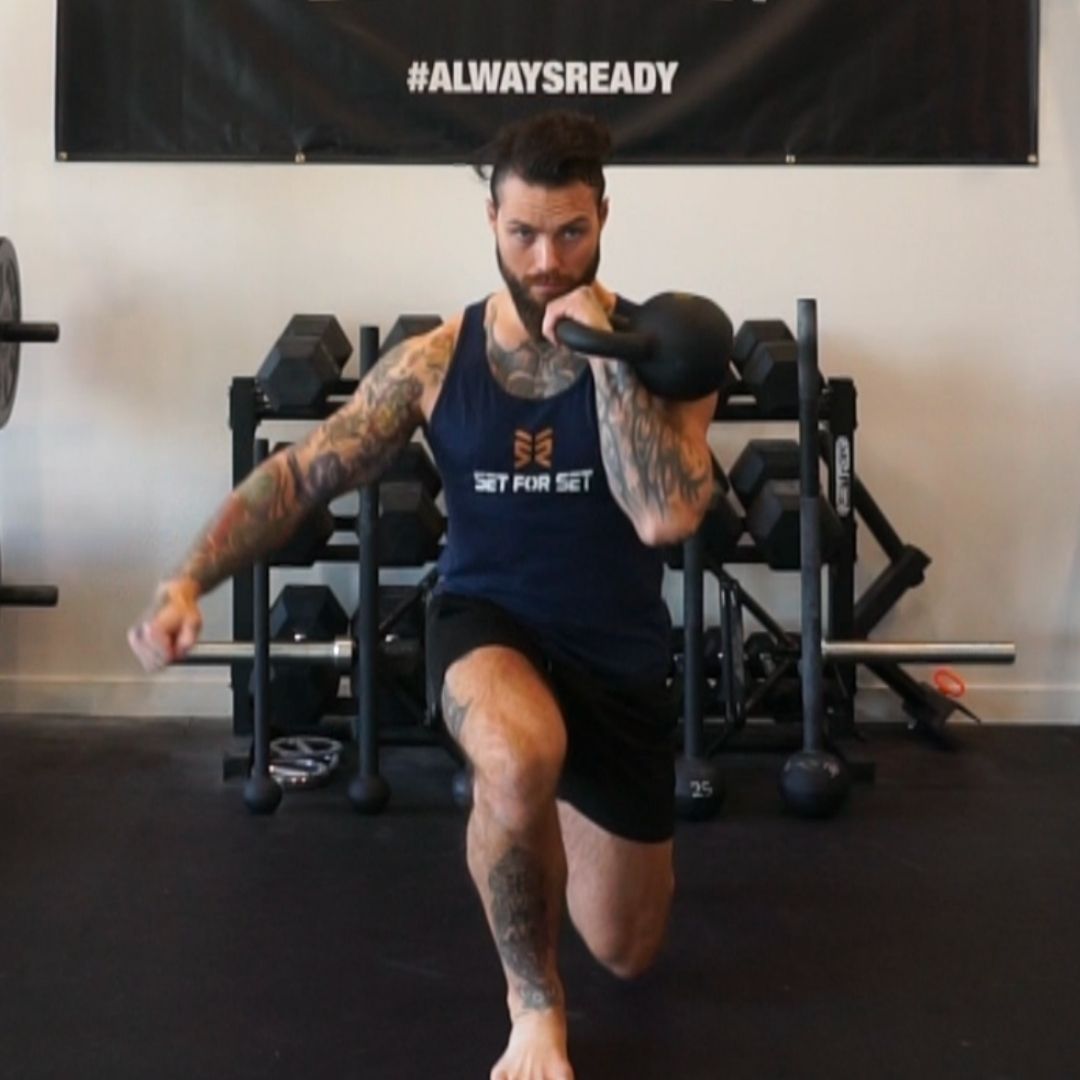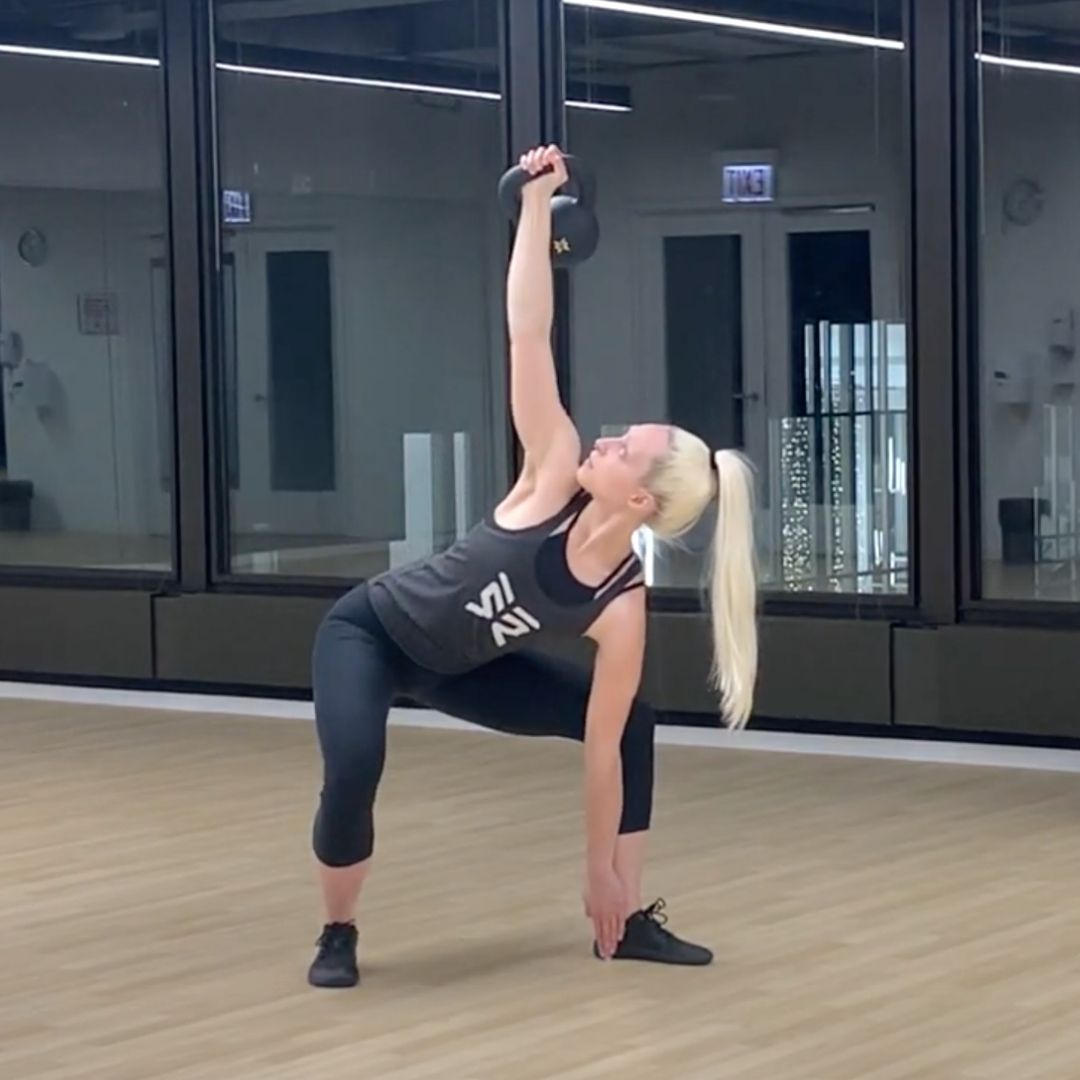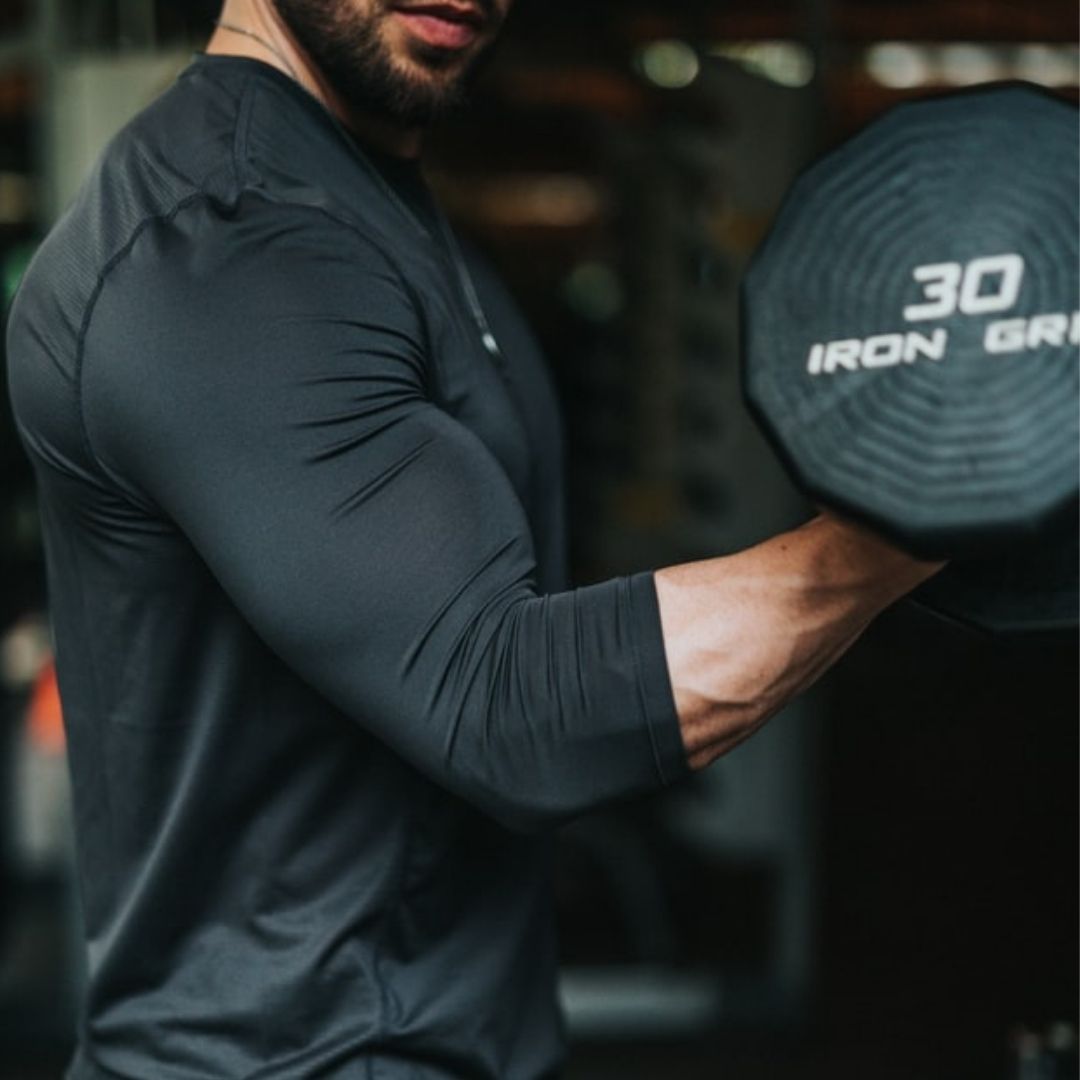Training
French Press Exercise: How To, Variations & Alternatives
11 Best Upper Back Exercises With Upper Back Workouts
IFBB Pro Jared Keys Hits Back & Biceps Workout Before 2022 Boston Pro
7 Resistance Band Exercises for a Full Body Workout
Kettlebell Lunges That Will Make Your Legs Burn
The Ultimate Upper Body Bodyweight Workout
IFBB Pro Kuba Cielen's Diet To Lose Fat Fast
Kettlebell Windmill Video Exercise Guide, Variations & Tips
5 Best Exercises To Treat And Prevent Varicose Veins
The 7 Best Soleus Exercises & Stretches Your Calves Need
IFBB Pro Terrence Ruffin Shares Unconventional Leg Workout
Are Isolation Exercises a Waste of Time?
